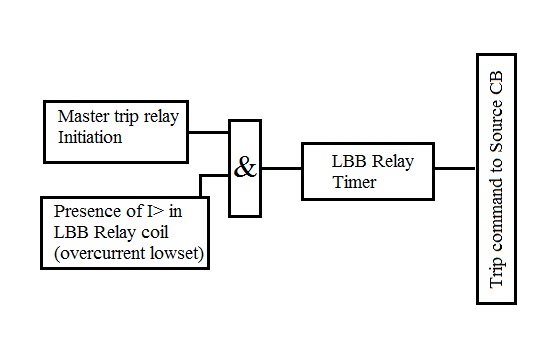Current Transformers
Did we want to really concerned about the current transformers ? Its just an instrument transformer
Yeah!, that's make it different in protective relaying
Lets dig deep
In the most protective relays the input quantity is current and these current are supplied by current transformers. located on or near to the protected equipment. The main functions of CT are
1. To isolate the power system circuit from protection circuit
2.Reduction of magnitude to a level accessed by relays and meters
When considering Constructional features, these are similar to normal transformers consisting a magnetically coupled primary and secondary windings, wound on a common iron core and the primary is connected in series with the network and the ratio could be found from basics
ie, Ampere-turns in primary=Ampere-turns in secondary
ie, low no. of turns in primary and large no. of turns in secondary to get low output currents.
For constructional simplicity and compactness manufacturers combines several cores in one package referring to special protection, metering, protection etc., where the accuracy class and accuracy limit factor are different.
single core and double core ct diagram
These different cores are specified in the secondary as 1,2,3 indicating first,second and third respectively. With composition of secondary terminals it may seem as 1S1-1S2, 2S1-2S2 etc.
ie, the first digit refers the core number while the last digit indicates the terminal number. Dont get confused with when there are tapping(s) in the secondary winding ie, like this 1S1-1S2-1S3, 2S1-2S2-2S3 ,etc.The tapping(s) are provided to introduce a new CT ratio, usually the half of the main winding.
The fact that CT is basically a step up transformer has to be keep in mind to avoid the danger of high voltage from its secondary terminals and also don't let the secondary open circuited(To avoid this we have to use ring sockets instead of open headed/plug type in the path from secondary to relay terminals).
A CT is specified on the basis of burden, accuracy class in conjunction with its purpose of application, and accuracy limit factor(ALF, a limit beyond that the accuracy is not guaranteed).
Burden refers to the ability of CT to supply power to external connected load at a specified power factor and commonly used are 10 VA & 15VA.
A typical CT nameplate
The accuracy class for metering applications are 0.2,0.5,1 or 3 ie, the metering CT has to be accurate from 5% to 120% of the rated primary current ,at 25% and 100% 0f the rated burden at the specified power factor.In the case of protection core accuracy class of 5P,10P are usually observed .
While coming to ALF its the value of primary current upto which the CT complies with composite error requirements.this is typically 5, 10 or 15 times the rated.






Comments
Post a Comment